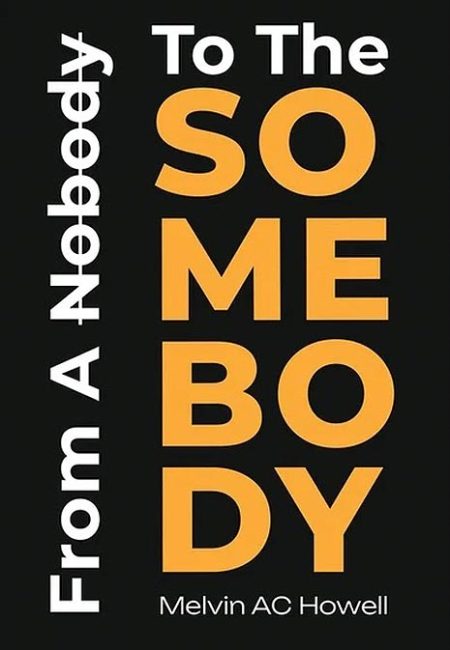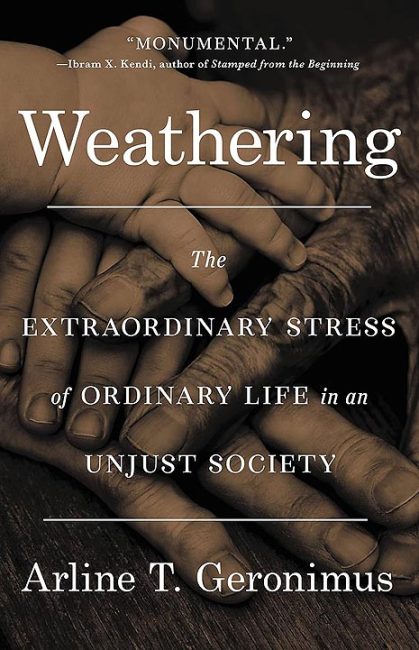Reading Ahead in 2013
 Yesterday, Today and All the Great Tomorrows
Yesterday, Today and All the Great Tomorrows
reviews by Sharon L. Shervington
A big fan of television I am not. But like millions of Americans I have become enthralled by George R.R. Martin’s “A Song of Ice and Fire”, both on the page and on the disk. The latest release is book five: “A Dance with Dragons” (Bantam; 978 pages; $35), while book two, “A Clash of Kings” comes to dvd in a month or so and is also available as are the other volumes in both trade and mass market paperback, at $14.99 and $8.99 respectively, also from Bantam.
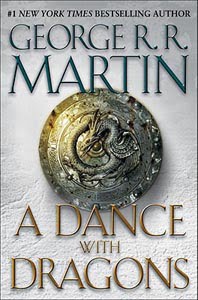 Set in a highly detailed medieval-era world, Mr. Martin, who is being called America’s Tolkien, has been known for his richly detailed and lavishly peopled world building, well before this series.
Set in a highly detailed medieval-era world, Mr. Martin, who is being called America’s Tolkien, has been known for his richly detailed and lavishly peopled world building, well before this series.
Each book weighs in at about 1,000 pages, and they are set in the seven kingdoms that comprise the whole of Westeros, as well as other lands across the sea, where the true heir to the throne may well reside.
A truly dizzying array of characters requires a mammoth list of Houses, players and sigils, in each volume. But there is someone for everyone to love and to hate. That could be anyone from the three twisted Lannister siblings, (golden twins, one male and one female, and an ugly dwarf) filthy rich, and just plain filthy, or the honor-bound Starks, ill-fated Lords and Ladies of Winterfell, a kingdom in the frozen north bounded by a seven-hundred foot ice wall with a giant wolf as their sigil.
 When the Lannisters and the Starks come together mayhem ensues. Swords and sorcery, dragons, war, doom and deception haunt every page. Oh, and winters last for years. If this sounds interesting, or if you are already hooked, check out Mr. Martin’s “Dying of the Light,” an old favorite that offers another take on an even whiter shade of pale.
When the Lannisters and the Starks come together mayhem ensues. Swords and sorcery, dragons, war, doom and deception haunt every page. Oh, and winters last for years. If this sounds interesting, or if you are already hooked, check out Mr. Martin’s “Dying of the Light,” an old favorite that offers another take on an even whiter shade of pale.
On the opposite end of the science-fiction and fantasy spectrum is the latest from Robin Cook, whose work has done a great deal to popularize the medical thriller.
“Nano,” focuses on cutting-edge technology that uses minute robots to increase athletic performance, among many other uses. The compelling lead character Pia, makes her second appearance, having figured prominently in Mr. Cook’s earlier book “Death Benefit”.
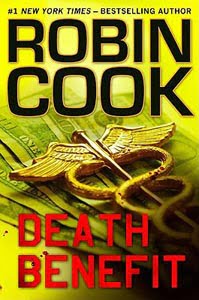 She is a brilliant and beautiful, though emotionally damaged, scientist, having suffered years of abuse in the foster-care system. That was after being abandoned by her family, which enjoys links to Albanian crime syndicates in America and abroad.
She is a brilliant and beautiful, though emotionally damaged, scientist, having suffered years of abuse in the foster-care system. That was after being abandoned by her family, which enjoys links to Albanian crime syndicates in America and abroad.
 Fold in one psychopathic employer cum lecherous techno-magnate — the head of Nano, the firm she works for — and things spiral out of control. Then as subjects start turning up dead when high-stakes financing is on the line, the noose tightens around Pia. (Putnam; $26.95; 436 pages)
Fold in one psychopathic employer cum lecherous techno-magnate — the head of Nano, the firm she works for — and things spiral out of control. Then as subjects start turning up dead when high-stakes financing is on the line, the noose tightens around Pia. (Putnam; $26.95; 436 pages)
Coincidentally, the heroine of “Origins,” a novel intended for a young-adult audience is also name Pia, and she too is ensnared in an unethical long-term experiment, a quest for immortality where she is the chief subject.
Hidden in the midst of the Amazon rainforest, Pia is starved for the company of people her own age – she has never met a single one until one night she goes over the wall that she has been told is for her own protection. She is the pot of gold at the end of the genetic rainbow; invulnerable to aging and death.
The key themes linking “Nano” and “Origins” are the race for technology that can enhance human strength, performance and longevity besmirched by unethical experimentation and monetization. Also, both share tastefully handled romantic elements. (Razorbill; $17.99; 394 pages)
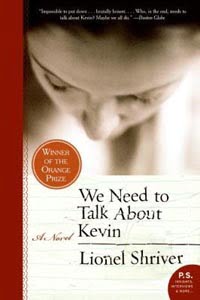 “We Need to Talk about Kevin,” was published several years ago but could be ripped from tomorrow’s or yesterday’s headlines. I mention this book not only because it is an engrossing read but also because it examines the phenomenon of mass murder, which seems to be erupting with ever-more frequency in our nation, evidenced most recently by the deadly attack in Connecticut.
“We Need to Talk about Kevin,” was published several years ago but could be ripped from tomorrow’s or yesterday’s headlines. I mention this book not only because it is an engrossing read but also because it examines the phenomenon of mass murder, which seems to be erupting with ever-more frequency in our nation, evidenced most recently by the deadly attack in Connecticut.
It is the story of a mother with a child who from the beginning is especially difficult. Endlessly patient, she ultimately cannot overcome her son’s nature, leading to tragic results involving family members and others. (By Lionel Shriver; Harper Perennial; 384 pages; $14.99)
With a book like “Nano,” you can be sure that there will be a sequel, likely in the not-too-distant future, which by the way ends with a cliffhanger. That is not the case with the work of nonfiction author Robert Greene whose latest work is “Mastery.” Each book from Mr. Greene is thrilling because each one offers so much clarity and practical advice, without being preachy. Mr. Greene has won a loyal following through his in-depth books on topics like war, power and seduction (these three were Joost Elfers Productions).
 In “Mastery,” (Viking; $28.95; 336 pages) Mr. Greene describes how that is the ultimate form of power and he uses many examples of masters throughout the ages, Coltrane; Curie; Jung; Buckminster Fuller and many others to show the commonalities necessary to achieve mastery of any subject or skill.
In “Mastery,” (Viking; $28.95; 336 pages) Mr. Greene describes how that is the ultimate form of power and he uses many examples of masters throughout the ages, Coltrane; Curie; Jung; Buckminster Fuller and many others to show the commonalities necessary to achieve mastery of any subject or skill.
From the dedication of the approximate master number of 10,000 hours of practice and study to the necessities of pinpointing the necessary mentors, this is a book that can help to take one’s game to the next level.
 And of course this is the perfect time to further develop one’s tool chest with “The 48 Laws of Power,” as well as the two other titles in the series, available in trade paperback from Penguin ($21-$22)
And of course this is the perfect time to further develop one’s tool chest with “The 48 Laws of Power,” as well as the two other titles in the series, available in trade paperback from Penguin ($21-$22)
I have one final recommendation this month, another addition to a tool chest for life improvement. If you haven’t already, you are sure to hear about the popular eating style called Paleo this year. This is a reference to the possibility that the growing number of diseases and levels of obesity in America can be bettered by eating in line with a diet that is more like what our ancestors ate many thousands of years ago.
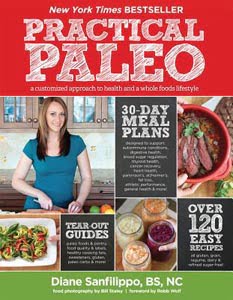 It is a high protein diet, and removing any wheat products, whole-grain or otherwise is integral to its tenets. “Practical Paleo,” by Diane Sanfilippo, shows how this way of eating can improve auto-immune conditions, blood-sugar regulation and overall digestive health. She breaks down exactly why this way of eating works and offers 30-day meal plans for many conditions. Best of all, you can eat all your bacon. (Victory Belt Publishing; $39.95; 430 pages.)
It is a high protein diet, and removing any wheat products, whole-grain or otherwise is integral to its tenets. “Practical Paleo,” by Diane Sanfilippo, shows how this way of eating can improve auto-immune conditions, blood-sugar regulation and overall digestive health. She breaks down exactly why this way of eating works and offers 30-day meal plans for many conditions. Best of all, you can eat all your bacon. (Victory Belt Publishing; $39.95; 430 pages.)

